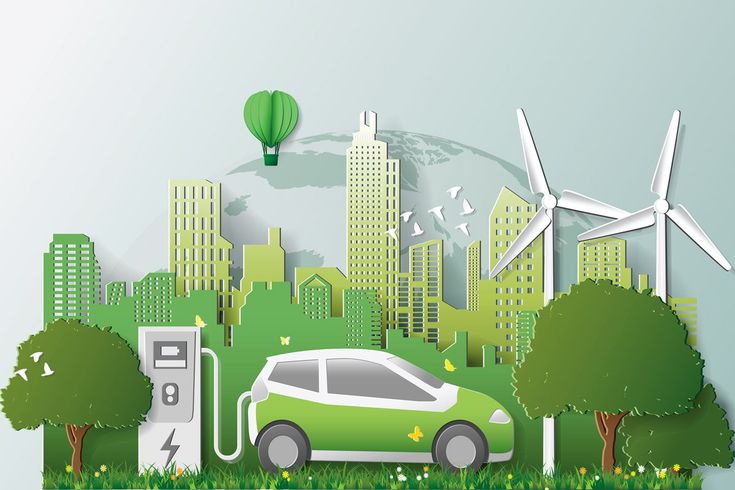With the global shift toward sustainable transportation, electric vehicles (EVs) and plug-in hybrid electric vehicles (PHEVs) are increasingly becoming popular. Among their many innovative features, one that stands out for its efficiency and environmental benefit is regenerative braking. But what exactly is regenerative braking, and why is it such a crucial component in EVs and PHEVs? Let’s break it down.
What is Regenerative Braking?
In traditional vehicles, braking converts a car’s kinetic energy into heat through friction. This energy is then lost to the environment. Regenerative braking, however, takes a smarter approach. Instead of wasting that kinetic energy, it captures and stores it, converting it back into usable electrical energy.
This process is made possible by the electric motor, which doubles as a generator during braking. When the driver lifts off the accelerator or applies the brakes, the motor reverses its function, slowing down the vehicle while generating electricity. This energy is then fed back into the battery for later use.
Why Do EVs and PHEVs Use Regenerative Braking?
1. Improved Energy Efficiency
The primary reason regenerative braking is used in EVs and PHEVs is to maximize energy efficiency. Every bit of energy saved through regeneration extends the vehicle’s range—an essential feature for electric mobility.
2. Extended Battery Range
Range anxiety is a common concern for EV drivers. Regenerative braking can help alleviate this by recapturing energy that would otherwise be lost, giving the vehicle more miles per charge. In city driving conditions, where frequent braking is common, this system can significantly improve overall efficiency.
3. Reduced Brake Wear and Maintenance
Because regenerative braking slows the car down without relying heavily on the mechanical braking system, it reduces wear and tear on brake pads and rotors. This means fewer maintenance requirements and lower long-term costs for the vehicle owner.
4. Environmentally Friendly
By capturing energy and reducing reliance on fossil fuels (especially in plug-in hybrids), regenerative braking contributes to lower emissions and a smaller carbon footprint. It’s an essential feature for building a greener transportation future.
5. Enhanced Driving Experience
Many EVs offer customizable regenerative braking levels. Drivers can adjust how aggressively the system slows down the vehicle, even enabling “one-pedal driving”—where lifting the foot off the accelerator slows the car enough that using the brake pedal becomes less necessary. This adds a new dimension of control and convenience to the driving experience.
Are There Any Limitations?
While regenerative braking is highly beneficial, it isn’t a complete substitute for traditional braking systems. At low speeds or in emergency situations, friction brakes are still necessary to bring the vehicle to a full stop quickly and safely. That’s why all EVs and PHEVs use a blended braking system, which intelligently switches between regenerative and mechanical braking as needed.
Conclusion
Regenerative braking is a brilliant example of how electric vehicles and plug-in hybrids use smart engineering to improve performance, efficiency, and sustainability. By harnessing the energy typically lost during braking, this system not only extends driving range but also reduces maintenance and environmental impact. As the world moves toward greener transportation solutions, regenerative braking will continue to play a key role in driving us toward a more energy-efficient future.

